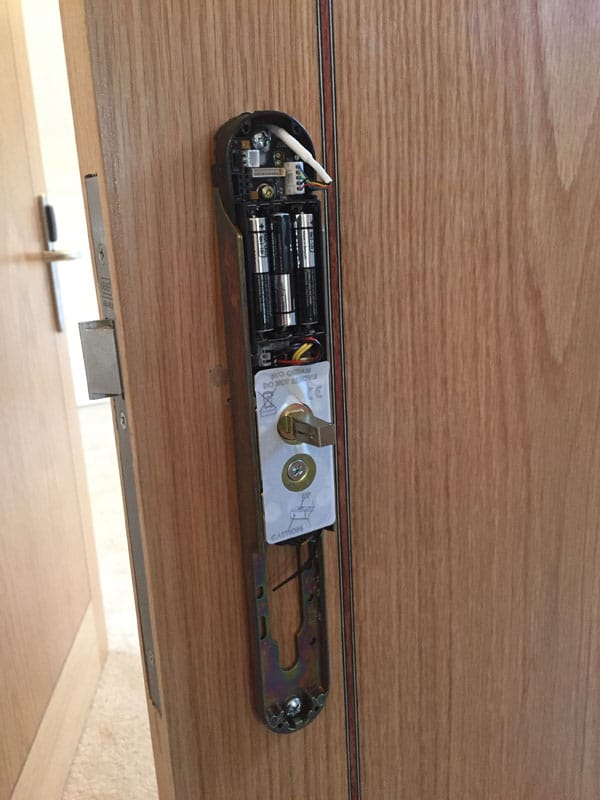
Gas- or oil-fired furnaces are often equipped with an add-on refrigerant coil (called the evaporator coil) to provide cooling during the summer months (Figure 1). Therefore, it is critical to seal up the knockouts, seams, and slots in the air handler cabinet. It is common for air pressures in the supply and return plenum at the air handler to equal or exceed 0.5-inches water column (125 Pascals). In a central forced air system, the highest air pressures are experienced at the air handler, with pressures increasing the closer one gets to the air handler fan. However, sealing cabinet air leaks is still very important for maximizing the performance of the HVAC equipment because it helps to ensure maximum air flow to the ducts. When the air handler is located within the conditioned space, it is tempting to think that sealing the cabinet is not that important because conditioned air will leak into the home rather than being lost to an attic or crawlspace. In high-performance homes, all HVAC equipment, including the furnace or heat pump air handler and any ducts, should be located within the thermal envelope of the home. The only place air should be able to enter the return duct system and the furnace or air handling unit is at the return grilles ( Building Science Corporation 20 09). The only place air should be able to leave the supply duct system and the furnace or air handling unit is at the supply registers. Cabinet seams, holes, and junctions should be sealed to prevent air leakage. Air leakage problems can be worst at the HVAC furnace or air handler cabinet, where air pressures are highest. If the ducts are leaky, they can be a source of energy loss through loss of heated or cooled air, poor HVAC performance through loss of air pressure in the ducts, and comfort problems.

Many homes are equipped with central forced air systems that rely on ducts to transport heated or cooled air from a furnace or heat pump to the rest of the home. See the Compliance Tab for related codes and standards, and criteria to meet national programs such as ENERGY STAR, DOE’s Zero Energy Ready Home program, and EPA’s Indoor airPLUS. Verify that the duct system meets code or program airtightness requirements.


Use UL-approved gaskets to seal cabinet doors and access panels.Use putty around all conduit and wiring holes.Use mastic, mastic plus embedded fiberglass mesh fabric, or UL 181A or B tape to seal all cabinet seams and junctures between the air handler or furnace cabinet and the evaporator coil cabinet, the supply plenum and the return plenum.Select an air handler with a manufacturer’s designation showing that air leakage is ≤2% of the design air flow rate.

Seal seams and holes in the air handler or furnace cabinet of central forced air HVAC systems to prevent the loss of conditioned air.


 0 kommentar(er)
0 kommentar(er)
